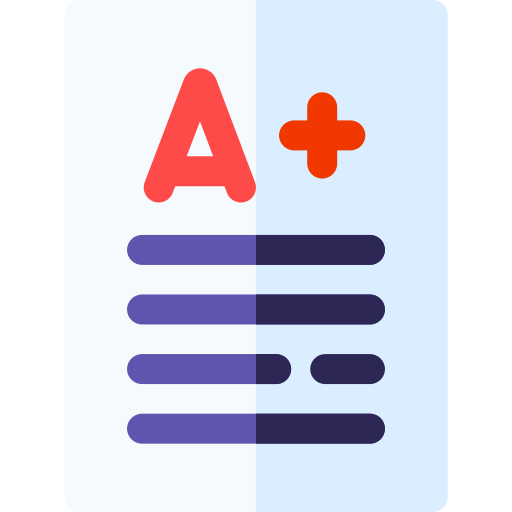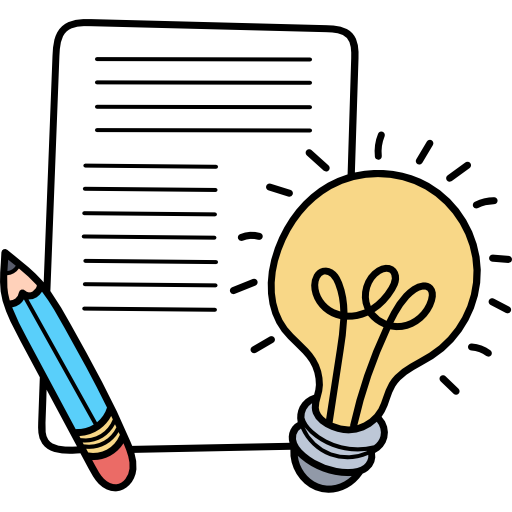دليل المعلم انجليزي ثاني عشر عام الفصل الثالث
Speaking: Activity 1
Refer learners to the photos-
Ask learners to work in groups and complete the speaking activity-
Encourage learners to come up with a list of goods that are transported by each different form of transport-
Encourage learners to analyse the importance of these to the UAE’s economy-
Feedback
Elicit answer from groups – create a brainstorming cloud on the board-
Answers
Learners’ own.
Suggested answers – these forms of transport are used for transporting goods mostly but also people, good for trade as it brings money into the economy from the sale of goods, the industry also employs a lot of different people e.g. drivers, ships crews, catering staff, etc
A large amount of goods can be transported on the ships this reduces cost because air travel is expensive, on the back of pickups you often see furniture, animals, animal feed etc. On dhows there is a lot of trade between the gulf
Listening: Activity 2
Give learners clear instructions as in the Coursebook-
Pairs discuss questions 1 and 2 and look at the pictures-
Explain how to play the bingo game and ask task checking questions to ensure the learners know what to do-
Learners listen and complete the activity individually-
Whenever someone has circled three of the images they shout out ‘bingo’-
CORE
Feedback
Elicit answers and check as a class
Answers
pick-up - crane - donkey cart - ship - dhow - railway- lane - highway- Jebel Ali port
Listening: Activity 3
Learners complete the activity individually-
In pairs, learners check their answers-
Feedback
Elicit answers and check as a class.
Answers
traders - cargo - caused - crane - been - port - man-made
(Differentiation activities (Support
Replay the listening a number of times to support learners, alternatively give them the answers before the listening and they select which ones
goes where
(Differentiation activities (Stretch
Ask learners to read the text before listening and to guess which words are missing
Workbook: Activity 1
Learners complete the task using the words given-
DESIRABLE
Feedback
Peer correction and whole class feedback
Answers
infrastructure - offshore - trade route - trader - communication highway
Workbook: Activity 2
1. Learners write sentences using the words given.
EXTENSION
Feedback
Peer feedback, teacher monitors and checks answers
Answers
Learners’ own answers.
(Differentiation activities (Support
Put learners into mixed ability pairs or learners requiring support can work together-
(Differentiation activities (Stretch
Learners produce sentences with two or more words/phrases in it Resources Plenary
Learners work in small groups discussing their answers to Workbook
Activity 2
Feedback
Groups report back to the class and compare their answers. Write some examples on the board-
SPEAKING: Activity 4
Learners work in groups and discuss the points-
Monitor and note ideas. Support and pose additional questions if any of the groups need encouragement to expand their discussion-
Listening: Activity 5
Give learners clear instructions as in the Coursebook-
Elicit from learners what type of note-taking they would prefer to use-
Learners listen and complete the activity individually-
(Differentiation activities (Support
Organise the learners into groups. Replay the listening a number of times to support learners, or add a number of prompts into the table for them-
Encourage learners to check each other’s notes
(Differentiation activities (Stretch
Give the learners a target number of key points to listen for. And ask them to add more if they can. Make it a competition – to encourage intensive listening
NB. AS a homework activity learners can check their answers are correct
Workbook: Activity 2
. Learners read the selection of ten words extracted from the text
. Learners choose five words from the selection
. Learners write definition / clues (following format of Activity 1)
DESIRABLE
Feedback
Class/ group / pair discussions. Check / compare answers
Answers
Answers will not be uniform and accuracy to a specific definition Will vary amongst learners. Oxford definitions supplied below, She ' be flexible regarding learners
interpretations/ definitions
Ailment —An illness, typically a minor one Method —A particular procedure for accomplis ngo approaching something, especially a systematic or esta liShed Pattern — A repeated decorative desigm (Q
Heritage — Valued objects and historic buildings and cultural traditions that have passed dow rep previous generations
Paste — A thick, soft, moist ingredients with a li e typically produced by mixing dry Ingredients— or substances that are combined to make a particular" / A 9mvOnent or element of something
Palms — The in r surface of the hand between the wrist and fingers
Decoration — The process or art of decorating sornething
Tethns — A way of carrying out a particular task, especially the execution orierformance of an artistic work or a scientific procedure
Century / Centuries — A period of one drGe
Differentiation (support)
. Learners can work in groups with weaker
2. Dictionaries could be allowed
3. The teacher can give clues
Differentiation (stretch)
learners can be paired
. Learners can write sentences that include the words they have chosen
. Learners can list synonyms / antonyms for the words they have chosen
. Teacher can lead an informal 'Spot Quiz' checking words / definitions covered in lesson
this could be a competition - learners decide whether definition is true or false. If
false, they must correct it to get full points
Some definitions are taken from Oxford English Dictionary: venue = The place where something happens, especially an organized event such as a concert, conference, or sports competition; tie the knot = to get married; expense = the cost incurred; limit (spending) = restrict spending; groorn = the man who iS getting married; honeymoon = the holiday a bride and groom take after the wedding ceremony; bride = the woman who iS getting married; dowry = an amount of property or money brought by a bride to her husband on their marriage; lavish (gifts) = luxurious, expensive; fund = money tha is provided for a articular ur ose
Differentiation: Support
, refer them Give leamers sentences with the vocabulary in cont to the transcript
Differentiation: Stretch
Learners provide sentences and contexts fer the . Following on from feedback, learners can provide more tru definitions for lexis learnt in revious lessons
Speaking: Activity 5
CORE
mind mapping. Have they ever used Elicit what learners know mind mapping techniqus?' Why and when are such techniques useful? Draw a map diagram on the board. Ask learners to look at the table in the previous lesson's listening activity
Cornßlexhe boxes together e.g. traditional — green dresse Explai learners are going to use the mind map to help them prepare for a speaking activity arners complete the rest of the map. They might need to add more boxes / bubbles
Feedback: Ask volunteers to come t ardy a ormation to the mind ma
Speaking: Activity 6
CORE
Remind learners of used to / seuctu . Elicit example sentences using the information in the min Play the listening again to remind learners of the conversation structure
Learners have a Similar conversation. Learner A iS parent and Learner B iS child about to get married
Monitor but don't correct. Deal with common errors during feedback session
Feedback: Select pairs to perform conversation. Deal with common errors as a class and encourage peer correction. Don't forget to praise good use of language especial use of tar et structures




